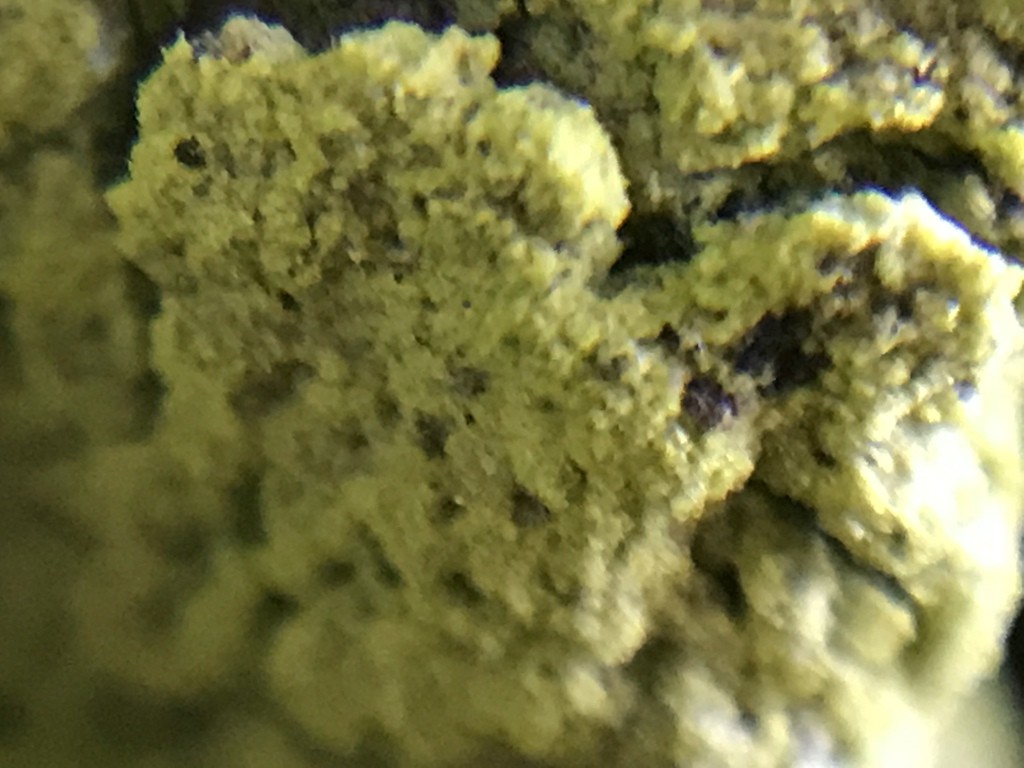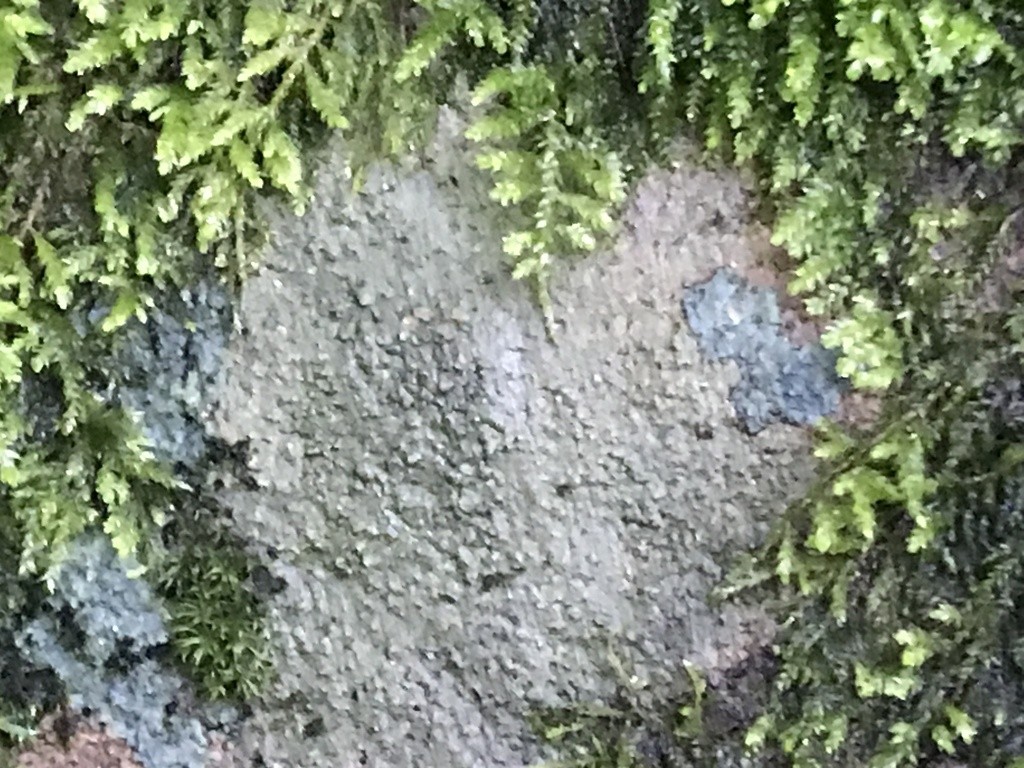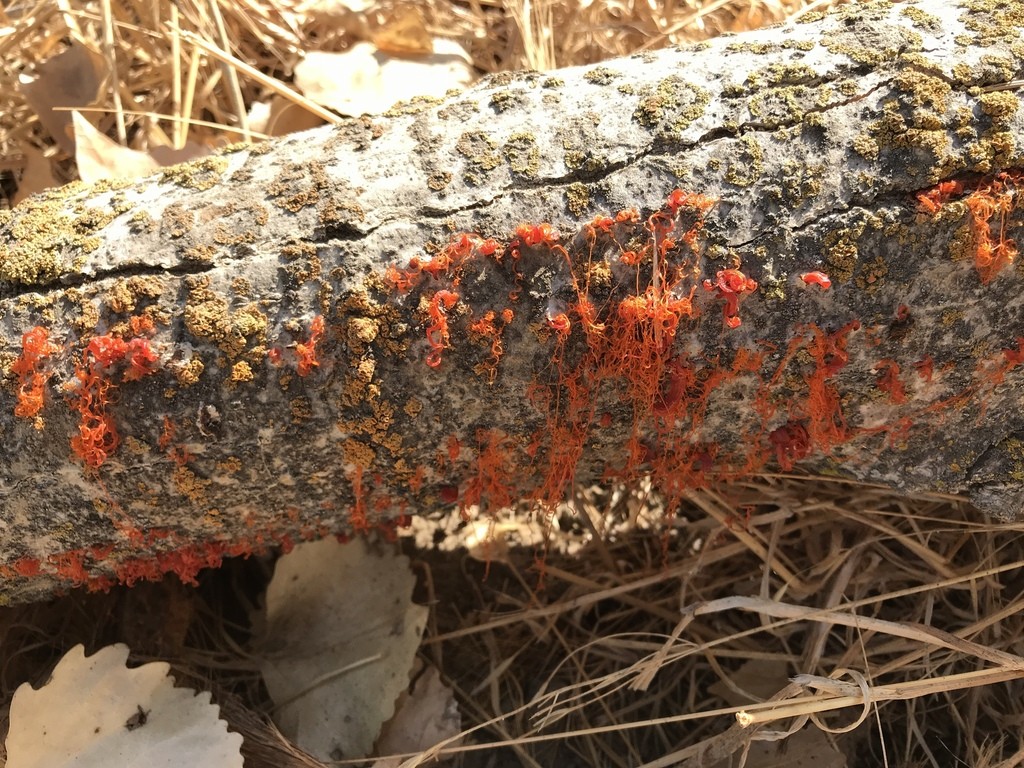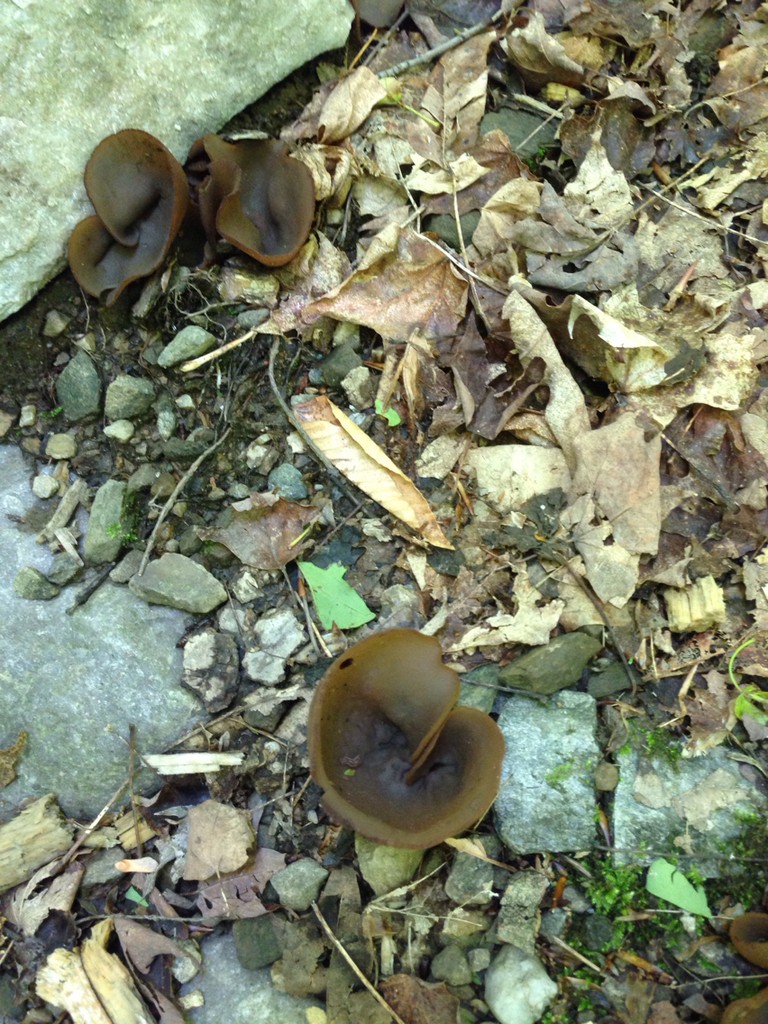Sac fungi
Scientific name: Ascomycota
Sac fungi
Scientific name: Ascomycota
 Photo By Jennifer Rycenga , used under CC-BY-4.0 /Cropped and compressed from original
Photo By Jennifer Rycenga , used under CC-BY-4.0 /Cropped and compressed from original Description
Sac fungi are not plants but a vast group of fungi characterized by their unique reproductive structure, the ascus, where spores develop. These fungi range from yeasts to mold types, thriving in diverse environments, often as decomposers, playing a crucial role in nutrient recycling. Their adaptable nature allows them to colonize a wide variety of organic materials, significantly influencing their ecosystems.
Species of Sac fungi
Scientific Classification
Phylum
Sac fungi 

